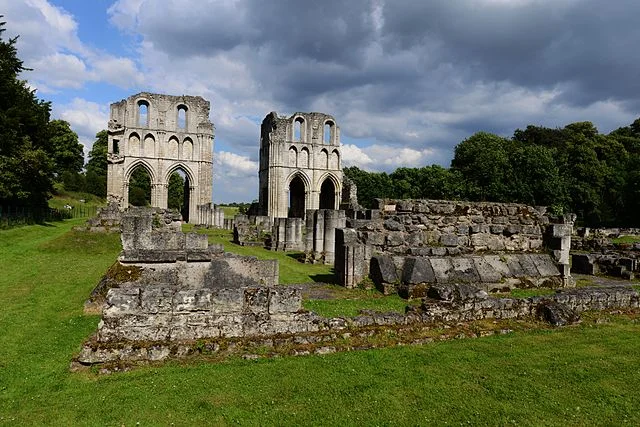Roche Abbey, a former Cistercian monastery, stands in the Maltby Valley near South Yorkshire, England. Founded in 1147 AD, it offers a valuable glimpse into the monastic life of the Middle Ages. This site, now a historic ruin, was once home to a thriving community of monks who dedicated themselves to spiritual and agricultural pursuits.
Get your dose of History via Email
Founding of Roche Abbey
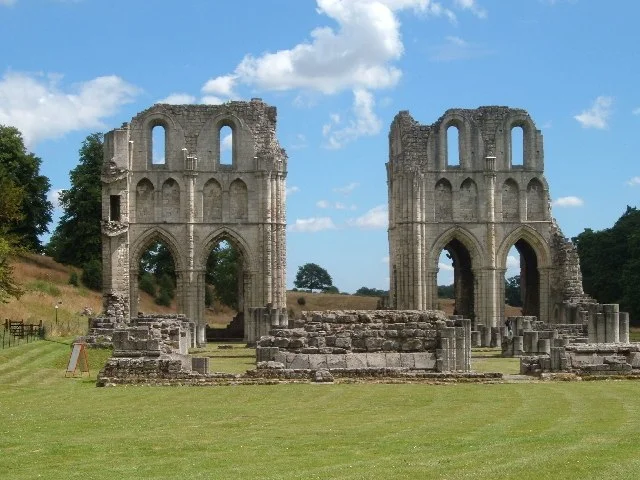
The foundation of Roche Abbey occurred in 1147 AD when Richard de Busli and Richard FitzTurgis, two noblemen, donated land to establish a monastic house. The Abbey belonged to the Cistercian order, which emphasized a life of poverty, manual labor, and self-sufficiency. The Cistercians sought secluded locations to build their monasteries, aligning with their desire for quiet reflection and distance from urban centers.
Roche Abbey was constructed in a picturesque, wooded valley, chosen for its water sources and isolation. Cistercian architecture stressed simplicity and functionality, mirroring the order’s commitment to austerity. This design is visible in Roche’s remaining structures, especially the church and its tall, slender windows, which allowed ample light to enter.
Architectural Features
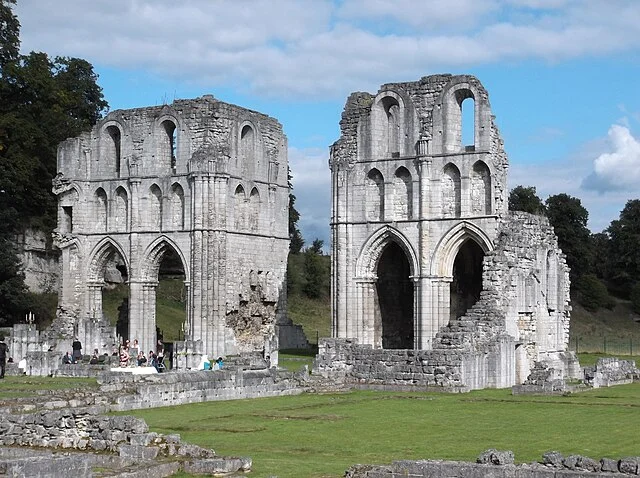
Roche Abbey’s original buildings followed the classic Cistercian layout, featuring a church, cloister, chapter house, refectory, and dormitory. The abbey church, the most notable structure, once had impressive, pointed arches typical of Gothic architecture. While much of the structure lies in ruin today, enough remains to identify the layout and admire its architectural style.
The abbey’s design reflects the influence of early Gothic architecture in England, known for its pointed arches and ribbed vaults. These features created a solemn and spacious interior, conducive to prayer and contemplation. The cloisters, located near the church, served as a central courtyard where monks could meditate and read. Connected to the cloister were essential rooms, such as the chapter house where daily meetings were held and the refectory where meals were taken in silence.
The Monastic Community
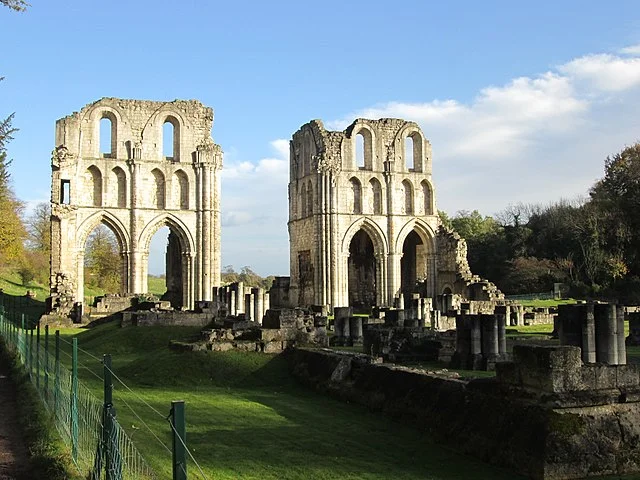
The monastic community at Roche Abbey primarily consisted of monks and lay brothers. Monks engaged in religious duties, study, and manual labor. Lay brothers, on the other hand, focused on agricultural work and maintenance. This division allowed Roche Abbey to achieve self-sufficiency, as they cultivated their land, raised livestock, and produced goods like wool.
The abbey’s self-sufficient economy allowed it to grow over the years. At its peak, Roche Abbey owned extensive lands across Yorkshire. The monks established granges—outlying farms or agricultural centers—on these properties, managed by lay brothers. These granges allowed Roche to support itself financially and donate to nearby communities.
Decline and Dissolution
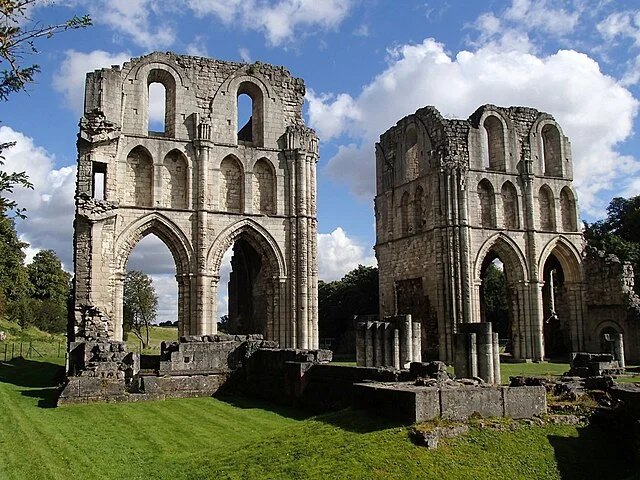
Roche Abbey flourished for over three centuries until the Dissolution of the Monasteries, which began in 1536 AD under King Henry VIII. Seeking to assert control over religious institutions and claim their wealth, Henry VIII ordered the dissolution of England’s monasteries. Roche Abbey was surrendered to the Crown in 1538 AD. Its assets were confiscated, and the monastic community was disbanded. Soon after, parts of the abbey were dismantled, with valuable building materials removed and repurposed.
After the Dissolution, Roche Abbey fell into disrepair. Locals scavenged stone from the abandoned buildings for use in nearby projects, further reducing the structure to its current state. In the 18th century, the landscape architect Capability Brown attempted to enhance the abbey ruins by creating a scenic landscape around them. He planted trees, altered the grounds, and emphasized the romantic aspect of the ruins. However, his work also resulted in the loss of archaeological details.
Roche Abbey Today
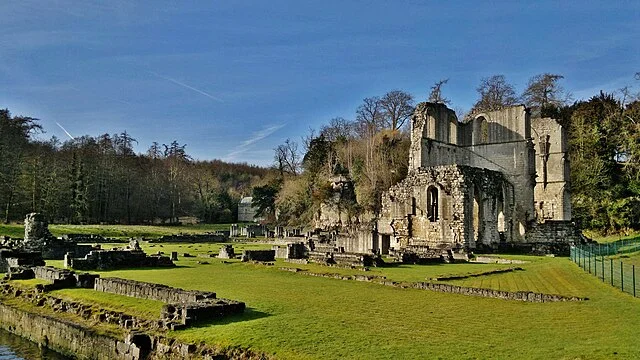
Today, Roche Abbey stands as a ruin, preserved for historical and educational purposes. Managed by English Heritage, it is open to the public, allowing visitors to explore the remnants of a once-thriving religious community. The Abbey’s ruins retain enough architectural detail to give insight into Cistercian life and medieval monasticism. Interpretative signs guide visitors through the site, providing context about the abbey’s history, daily life, and decline.
Efforts to preserve and study Roche Abbey continue, as archaeologists examine the site to gain insights into Cistercian practices and medieval architecture. Although the abbey’s structures are incomplete, they still bear the hallmarks of early Gothic design and Cistercian functionality. Today, Roche Abbey serves as both a historical monument and a reminder of England’s monastic past, preserving a chapter of history shaped by faith, labor, and ultimately, royal authority.
Source:

